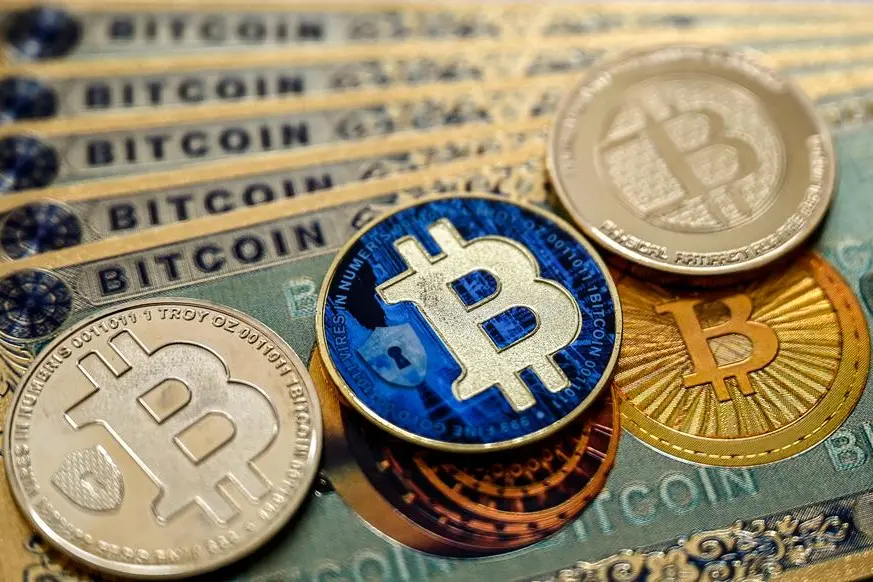Introduction
In an unexpected move, Hyperliquid, a top-tier decentralized exchange, has delisted JELLY perpetual futures, citing suspicious market behavior. This decision has sparked debates about investor protection and its wider effects on decentralized finance (DeFi). As DeFi expands, such incidents emphasize the need for market integrity, oversight, and robust risk management.
This piece explores why the delisting occurred, its consequences for investors, and what it signals for the future of perpetual futures trading in DeFi. By grasping these elements, traders can better maneuver through the shifting world of digital assets.
Why Hyperliquid Delisted JELLY Perpetual Futures
Hyperliquid’s choice to remove JELLY perpetual futures wasn’t taken lightly. It stemmed from critical issues that, if ignored, could have endangered traders and the platform itself. Here’s a breakdown of the main reasons.
Market Manipulation Concerns
A primary trigger for the delisting was mounting evidence of price manipulation. Reports showed JELLY’s price undergoing abnormal swings, deviating from natural market trends. Hyperliquid acted swiftly to curb further chaos.
Price manipulation skews fair asset valuation, misleads investors with artificial movements, and demands exchange intervention for equity. In crypto, especially DeFi with its light regulation, such tactics can lead to heavy losses for unaware traders. Platforms like Hyperliquid are stepping up to spot and stop these suspicious activities.
Liquidity Issues
Beyond manipulation, a drop in trading volume and liquidity also drove the decision. Low liquidity hampers large order execution without drastic price shifts, heightening volatility and loss risks.
Low liquidity spikes price instability, complicates efficient position entry or exit, and can trigger abrupt market drops. When liquidity dries up, traders struggle to trade at preferred rates, pushing exchanges to ensure futures maintain enough depth for a stable environment. Delisting JELLY aimed to dodge these illiquid market risks.
User Protection Measures
Hyperliquid also stressed its duty to shield users. Through regular asset reviews, it flags risky pairs. For JELLY, escalating manipulation and liquidity concerns led to its removal, prioritizing trader safety.
This protects users from volatile assets, aligns with rising market norms, and builds trust in decentralized platforms. In DeFi, transparency and security are key. Though some saw the delisting as a hassle, it reflects Hyperliquid’s proactive stance on fostering a reliable trading space.
The Impact on Investors
The removal of JELLY perpetual futures has left investors pondering its immediate and future fallout. Understanding these impacts can guide traders in adjusting strategies to limit losses.
Short-Term Market Reactions
Post-announcement, JELLY’s price saw sharp volatility. Some traders dumped holdings, causing brief price dips, while others scooped up discounted JELLY, betting on a rebound.
Panic selling drove price swings, speculative buying eyed recovery, and retail investors faced heightened uncertainty. Hyperliquid outlined settlement steps for open positions, and though some incurred losses, its quick response curbed broader disruption.
Long-Term Considerations
Over time, this delisting questions JELLY’s viability as a traded asset. Persistent manipulation and liquidity woes might prompt other exchanges to drop it, denting investor trust and DeFi uptake.
JELLY could lose credibility, face fewer listing chances, and need developers to restore faith. Yet, if its team tackles these flaws, it might recover. The result hinges on their actions and market views of JELLY’s legitimacy.
The Future of Perpetual Futures in DeFi

Hyperliquid’s delisting of JELLY perpetual futures illuminates the changing dynamics of perpetual futures trading in DeFi. As the sector matures, key trends will likely define its path.
Increased Scrutiny on Listed Assets
- Tougher listing standards for DeFi assets.
- Enhanced vetting for perpetual futures pairs.
- Better education on asset risks for investors.
Stricter Exchange Policies
Following events like this, decentralized exchanges may tighten listing rules. Stricter criteria can safeguard traders and bolster market health.
Transparency from project teams, higher liquidity thresholds for listings, and more community input on decisions are expected shifts. These steps aim to fortify stability and trust.
Investor Strategies in a Changing Landscape
As perpetual futures evolve in DeFi, traders must adapt. Diversifying portfolios, tracking exchange rules, and using stop-loss orders and position sizing can curb risks in choppy markets.
Spread investments across asset types, leverage risk management tools, and stay updated on policy shifts. Opting for trusted exchanges with strong security and transparency records adds protection, reducing exposure to sudden delistings or market shocks.
Conclusion
Hyperliquid’s delisting of JELLY perpetual futures highlights the hurdles of upholding market integrity in DeFi. Though it stirred short-term unease, it showcases the exchange’s focus on user protection and transparency.
Looking forward, DeFi will likely see refined listing policies, stronger oversight, and enhanced safeguards. Traders who stay informed and agile will thrive in this dynamic digital asset space.
By grasping delisting triggers, evaluating risks, and using smart strategies, investors can shield their portfolios and seize opportunities in the expanding DeFi ecosystem.

